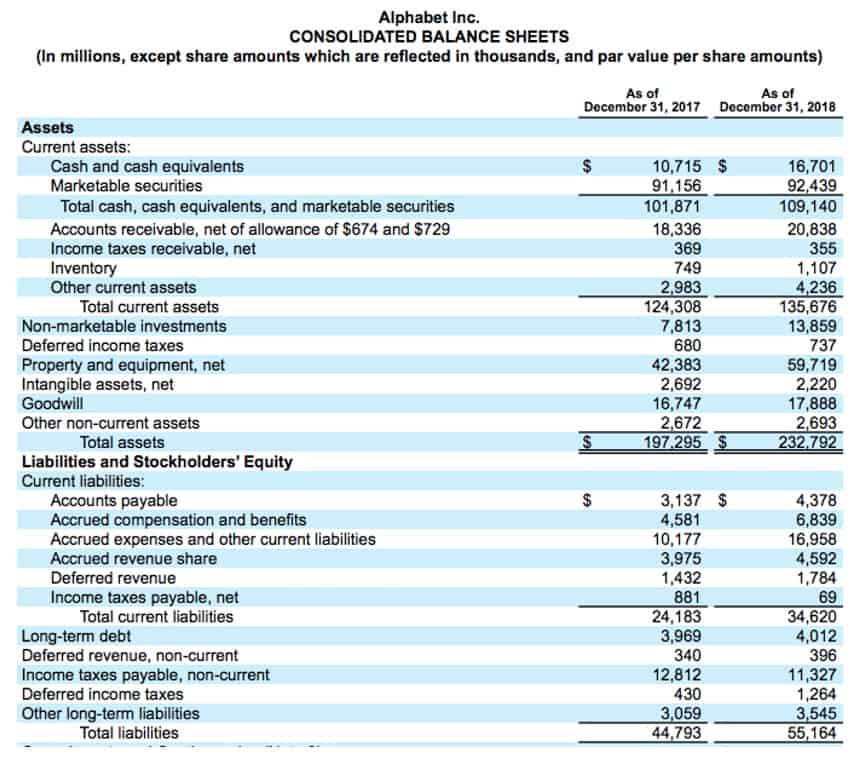
The purpose of closing entries is to prepare the temporary accounts for the next accounting period. In other words, the income and expense accounts are “restarted”. This process updates retained earnings and resets the income summary account to zero. After the income statement is created, the final income summary balance is transferred to retained profits or capital accounts. This income balance is subsequently reflected in the balance sheet’s owner’s equity section. Closing journal entries are made at the end of an accounting period to prepare the accounting income summary account records for the next period.
- Therefore, we need to transfer the balances in revenue, expenses and dividends (the temporary accounts) into Retained Earnings to update the balance.
- In essence, we are updating the capital balance and resetting all temporary account balances.
- It acts as a checkpoint and reduces errors in financial statement preparation by directly transferring the balance from revenue and spending accounts.
- This is the first step to take in using the income summary account.
- In a journal entry like this, the balance is transferred to the retained earnings account.
- The income summary is a temporary account where all the temporary accounts, such as revenues and expenses, are recorded.
Using Income Summary in Closing Entries
- After closing, its balance is reflected in the retained earnings on the balance sheet.
- After these two entries, the revenue and expense accounts have zero balances.
- Businesses earn money (revenue) and incur expenses throughout the year.
- Delivered as SaaS, our solutions seamlessly integrate bi-directionally with multiple systems including ERPs, HR, CRM, Payroll, and banks.
- While revenues and expenses in accounting records are reset to zero at the conclusion of a period, they are reported in the income statement to reflect profitability for the time.
- If you are using accounting software, the transfer of account balances to the income summary account is handled automatically whenever you elect to close the accounting period.
The AI algorithm continuously learns through a feedback loop which, in turn, reduces false anomalies. We empower accounting teams to work more efficiently, accurately, and collaboratively, enabling them to add greater value to their organizations’ accounting processes. LO 5.1Explain what is meant by the term nominal accounts (also known as temporary accounts). It allows users to extract and ingest data automatically, and use formulas on the data to process and transform it. Get granular visibility into your accounting process to take full control all the way from transaction recording to financial reporting.

Step 2: Close expense accounts

We need to complete entries to update the balance in Retained Earnings so it reflects the balance on the Statement of Retained Earnings. We know the change in the balance includes net income and dividends. Therefore, we need to transfer the balances in revenue, expenses and dividends (the temporary accounts) into Retained Earnings to update the balance. To close a revenue account, debit the revenue account for its balance and credit the income summary account with the same amount, consolidating the revenue for the period.
Closing Entries Using Income Summary
For the rest of the year, the income summary account maintains a zero balance. Once the temporary accounts are closed to the income summary account, the balances are held there until final closing entries are made. Once all the temporary accounts are closed, the balance in the income summary account should be equal to the net income of the company for the year. An income statement’s objective is to compile all of the account information on revenues and expenses recorded during an accounting period and display it in standard income-statement format. An income statement assists users in evaluating a company’s previous performance and offers a foundation for forecasting future success.
This step ensures that the revenue is accurately transferred and the account is reset for the next period. If you are using accounting software, the transfer of account balances to the income summary account is handled automatically whenever you elect to close the accounting period. It is entirely possible that there will not even be a visible income summary account in the computer records. It is also possible that no income summary account will appear in the chart of accounts. You can either close these accounts directly to the retained earnings account or close them to the income summary account.
How To Close?
- An income summary is a temporary account in which all the revenue and expenses accounts’ closing entries are netted at the accounting period’s end.
- Kristin is also the creator of Accounting In Focus, a website for students taking accounting courses.
- This is the second step to take in using the income summary account, after which the account should have a zero balance.
- It can have either a credit balance (indicating net income) or a debit balance (indicating net loss), depending on the period’s financial results.
- If the credit balance is more than the debit balance, it indicates the profit; if the debit balance is more than the credit balance, it shows the loss.
- After logging in you can close it and return to this page.
Closing temporary accounts to the income summary account requires an extra step. However, it also gives an audit record of the year’s revenues, expenses, and net income. In a sole proprietorship, a drawing account is maintained to record all withdrawals made by the owner. In a partnership, a drawing account is maintained for each partner. All drawing accounts are closed to the respective capital accounts at the end of the accounting period. Next, if the Income Summary has payroll a credit balance, the amount is the company’s net income.

Step 3: Close Income Summary to the appropriate capital account
- The trial balance above only has one revenue account, Landscaping Revenue.
- Therefore, the retained earnings account shows the earnings that are kept, net income fewer dividends in the business.
- Also, all of the expense accounts balance in the debit side column as the organization’s total spending.
- The income summary account is a temporary account used to store income statement account balances, revenue and expense accounts, during the closing entry step of the accounting cycle.
- For the past 52 years, Harold Averkamp (CPA, MBA) hasworked as an accounting supervisor, manager, consultant, university instructor, and innovator in teaching accounting online.
The income summary account does not have a normal balance because it is a temporary account used to summarize revenues and expenses. It can have either a credit balance (indicating net income) or a debit balance (indicating net loss), depending on the period’s financial results. Yes, the income summary is a temporary account used to summarize revenues and expenses for a specific period before transferring the net income or net loss to the retained earnings account. It is reset to https://x.com/bookstimeinc zero at the end of each accounting period and does not carry a balance forward. At the end of each accounting period, all of the temporary accounts are closed. You might have heard people call this “closing the books.” Temporary accounts like income and expenses accounts keep track of transactions for a specific period and get closed or reset at the end of the period.



